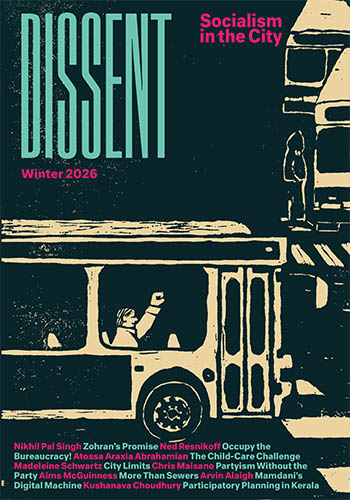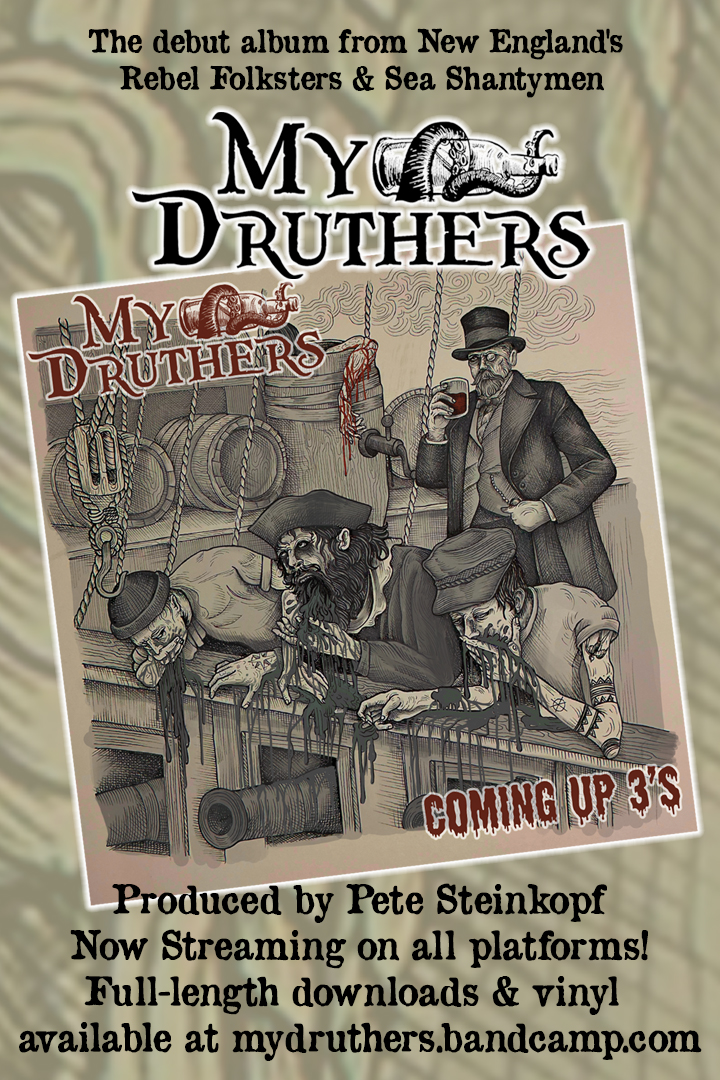Toxic Terror
Toxic Terror
Diamond: A Struggle For Envioronmental Justice in Louisiana’s Chemical Corridor by Steve Lerner
by Steve Lerner
MIT Press, 2004, 344 pp., $27.95
If this book is made into a film, it will be promoted as the inspirational story of how a tiny African American community in Louisiana successfully battled Shell Chemical Company and won the right to breathe clean air.
But it will not conclude with the predictable, upbeat Hollywood ending. True, it would include an Erin Brockovich-type heroine who goes up against one of the most powerful corporations in the world. And yes, this deeply religious and tightly knit community eventually gets Shell to pay to relocate families to new homes. But the film would have an ambiguous ending. Although the residents win their battle, the community itself is dispersed and dismantled, friends and families scattered in different directions.
Steve Lerner’s story of Diamond, Louisiana, is one of the most remarkable tales that has ever been told about the environmental justice movement, which began in the early 1980s. Through the voices of the major characters in the battle, he offers a vivid account of how a local struggle for clean air gradually gained international support and became part of the global campaign to redefine environmental health as a human right.
Today, many Americans think of themselves as environmentalists. But, as Lerner points out, they mostly view environmentalism as protecting the habitat of grizzly bears, whales, owls, and other endangered species; reducing air and water pollution; and preserving redwood trees and pristine wilderness areas. Ask some of these folks what “environmental justice” means and they will often reply, “Well, it’s about trading pollution credits” or, more vaguely, “It’s about the right of all people to live in a healthy planet.”
The reason many can’t give a better answer is that the environmental justice movement is almost invisible in this country.
Environmental justice refers to the demand by poor and minority communities in the United States (and elsewhere) to protect their families and neighbors from becoming the toxic waste dumps of cities and corporations. For the most part, African American activists in urban communities and American Indians on reservations have led the movement.
As Robert Bullard, director of the Environmental Justice Resources Center at Clark Atlanta University writes in the foreword of this book, “All communities are not created equal. If a community happens to be poor, black or located on the ‘wrong side of the tracks,’ it receives less protection than affluent white suburbs.”
In short, these communities have emphatically declared, “Not in my backyard,” which leaves cities and corporations with no place ...
Subscribe now to read the full article
Online OnlyFor just $19.95 a year, get access to new issues and decades' worth of archives on our site.
|
Print + OnlineFor $35 a year, get new issues delivered to your door and access to our full online archives.
|






